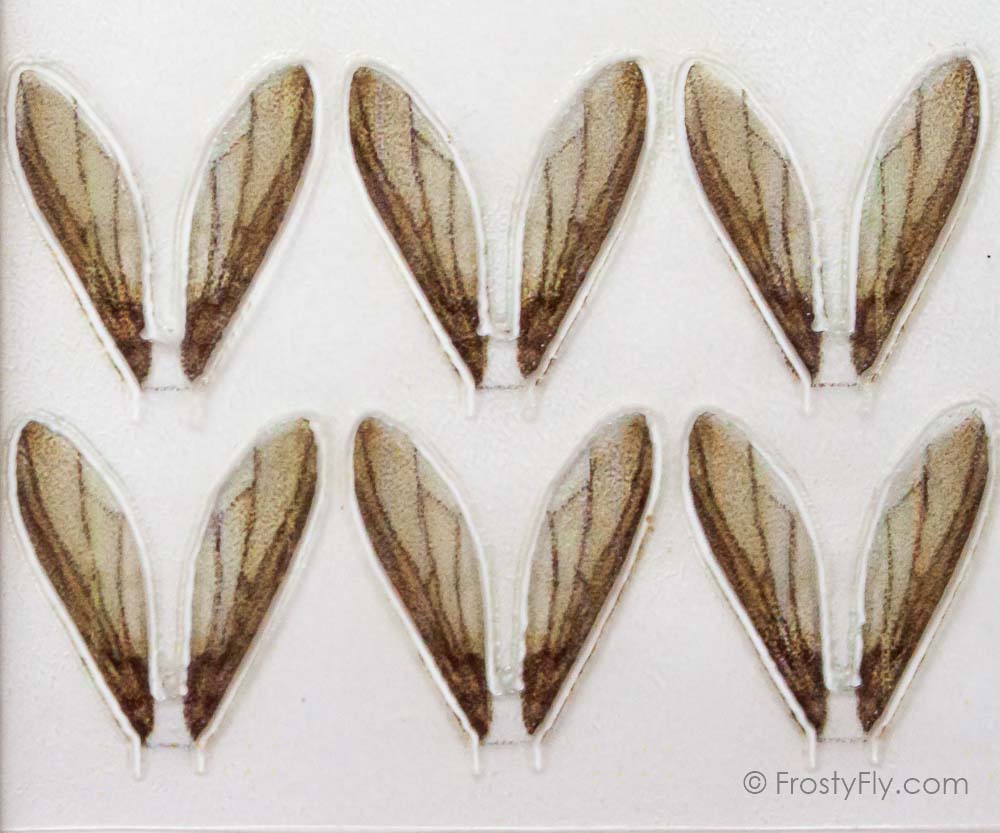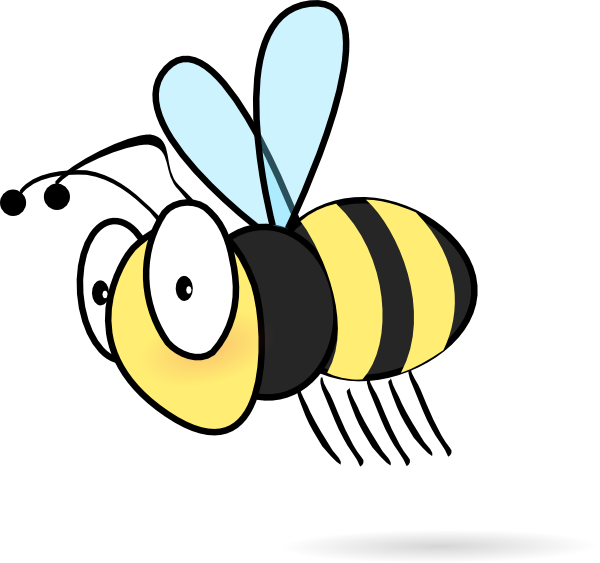

In the queen this is the source of the powerful queen pheromone. Mandibular gland is a simple sac-like structure attached to each of the mandibles. Lastly there are exocrine glands inside the head also, most notably the mandibular glands, the hypopharyngeal glands and the salivary glands. PTTH can stimulate the production of ecdysteroids, by a gland located in the thorax, the prothoracic gland. The other one is called corpora cardiaca (CC, the body near the heart), which is a neurohemal organ and stores and releases another hormone (PTTH, prothoracicotropic hormone). One is called the corpora allata (CA, in Latin it means the body beside the food canal), which is the only source of one important hormone, juvenile hormone, which is involved in both the queen-worker differentiation, and also division of labor in workers. There are also endocrine organs attached to the nerve cords, very close to the esophagus (the food canal). This area is known to be involved in olfactory learning and short term memory formation, and recently shown to be also important in long term memory formation in insects. One important region in the middle of the brain is called the “mushroom body” because the cross section resembles two mushrooms. The next largest input are from the antenna (antenna lobes). The brain has a large area for receiving inputs from the two compound eyes, called optic lobes. Yes, the bee does have a brain, a pretty sophisticated one too. The main internal organs in the head are the brain and subesophageal ganglion, the main component of the nervous system, in addition to the ventral nerve cord that runs all the way through the thorax to the abdomen. The workers can put a droplet of nectar between the proboscis and the rest of the mouth parts to increase the surface area, and slowly moving the proboscis back and forth. The proboscis is mainly used for sucking in liquids such as nectar, water and honey inside the hive, for exchanging food with other bees (trophallaxis), and also for removing water from nectar. The mandibles are the paired “teeth” that can be open and closed to chew wood, manipulate wax, cleaning other bees, and biting other workers or pests (mites). Ocelli are simple eyes that do not focus but provide information about light intensity.

Bees also have three simple eyes that are called ocelli (singular: ocellus), near the top of their head. This is accomplished by having both mandibles and a proboscis.Īs in most insects, bees eyes are not designed to see high resolution images like our eyes do, but rather they see a mosaic image but are better than us for motion detection. Honey bees have a combined mouth parts than can both chew and suck (whereas grasshoppers can chew and moth can suck, but not both). Workers have about 4,000-6,000 ommatidia but drones have more 7,000-8,600, presumably because drones need better visual ability during mating. Each ommatidium is composed of many cells, usually including light focusing elements (lens and cones), and light sensing cells (retinal cells). Each compound eye is composed of individual cells (ommatidium, plural ommatidia). Honey bees have two compound eyes that make a large part of the head surface. This discovery helped the construction of robot bees that can be directed to dance (by a computer) inside a hive and guide workers to a specific location.

About 10 years ago it was discovered that bees can indeed ‘hear’ airborne sound in close range, this is through sensing the movement of air particles by the hairlike mechanoreceptors on the antennae. Because of this, scientists were puzzled the ways through workers can perceive the buzzing sound produced by workers during waggle dances. It used to be thought that honey bees couldn’t hear any airborne sound because they do not have pressure-sensitive hearing organs (like our ear-drums or similar structures on the legs of katydids). The honey bee antennae (one on each side) house thousands of sensory organs, some are specialized for touch (mechanoreceptors), some for smell (odor receptors), and others for taste (gustatory receptors). Smell and touch therefore are much important for them than visual when inside the colony. Honey bee antenna with its three segments labeledīecause honey bees live inside tree cavities (natural) or hives (man-made), both of which have little light away from the entrance. Of course, food is also input from here.Important organs on or inside the head: 1. It is here that the visual, gustatory and olfactory inputs are received and processed. The head is the center of information gathering.


 0 kommentar(er)
0 kommentar(er)
